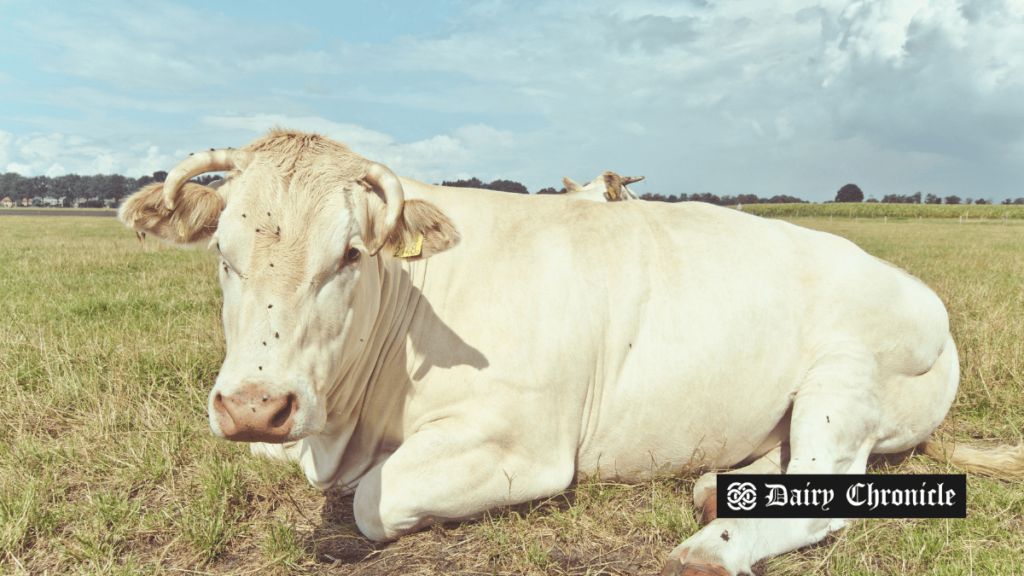Wisconsin, United States, has seen a dramatic decline in the number of dairy farms over the decades. The state’s dairy industry, once home to 16,886 farms in 2002, now counts only 5,348 in 2025. Despite this drop, milk production remains steady due to larger herd sizes per farm. The trend reflects nationwide consolidation, with increased productivity compensating for the shrinking number of farms.
The Wisconsin Department of Agriculture, Trade and Consumer Protection (DATCP), which oversees the state’s agricultural policies and dairy sector, has reported a significant decline in the number of dairy farms. Once home to 16,886 dairy farms in 2002, Wisconsin now has only 5,348 operating dairy farms in 2025. This substantial decrease highlights the ongoing consolidation within the industry.
Wisconsin’s dairy industry has experienced a notable transformation. While farm numbers have dropped, production efficiency has improved. In 2002, the average farm had 142 cows, whereas today, the average herd size has grown to 237 cows per farm. This shift has allowed Wisconsin to maintain its milk production levels despite the declining number of farms.
Historically, Wisconsin has been a stronghold of dairy farming in the United States. In 1950, the state had 143,000 dairy farms, but over the years, technological advancements, changing economic conditions, and industry consolidation have reshaped the landscape. The trend is consistent across the country, as national dairy farm numbers have also declined, while cow productivity has increased.
Looking ahead, experts anticipate continued consolidation as larger farms adopt more advanced agricultural practices. Wisconsin is expected to remain a crucial player in the U.S. dairy sector, adapting to industry shifts while maintaining high milk production levels.



